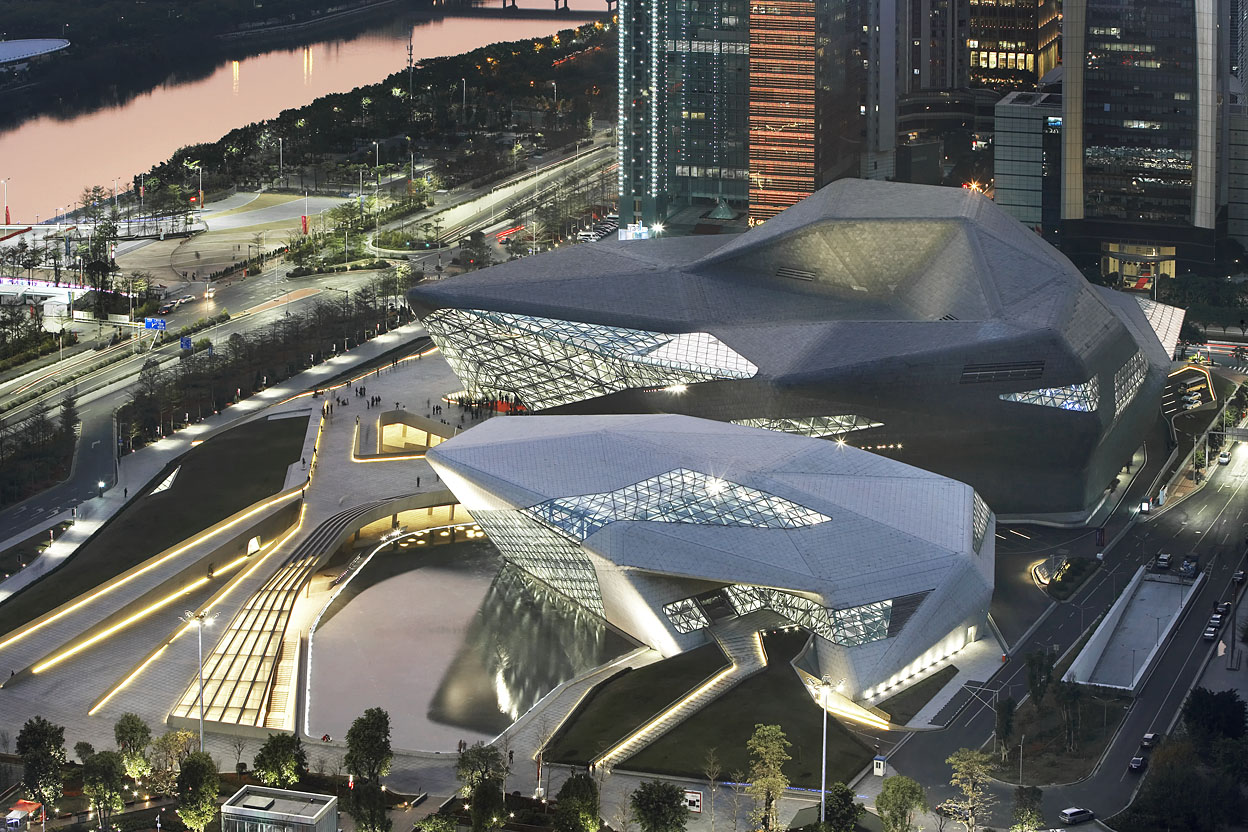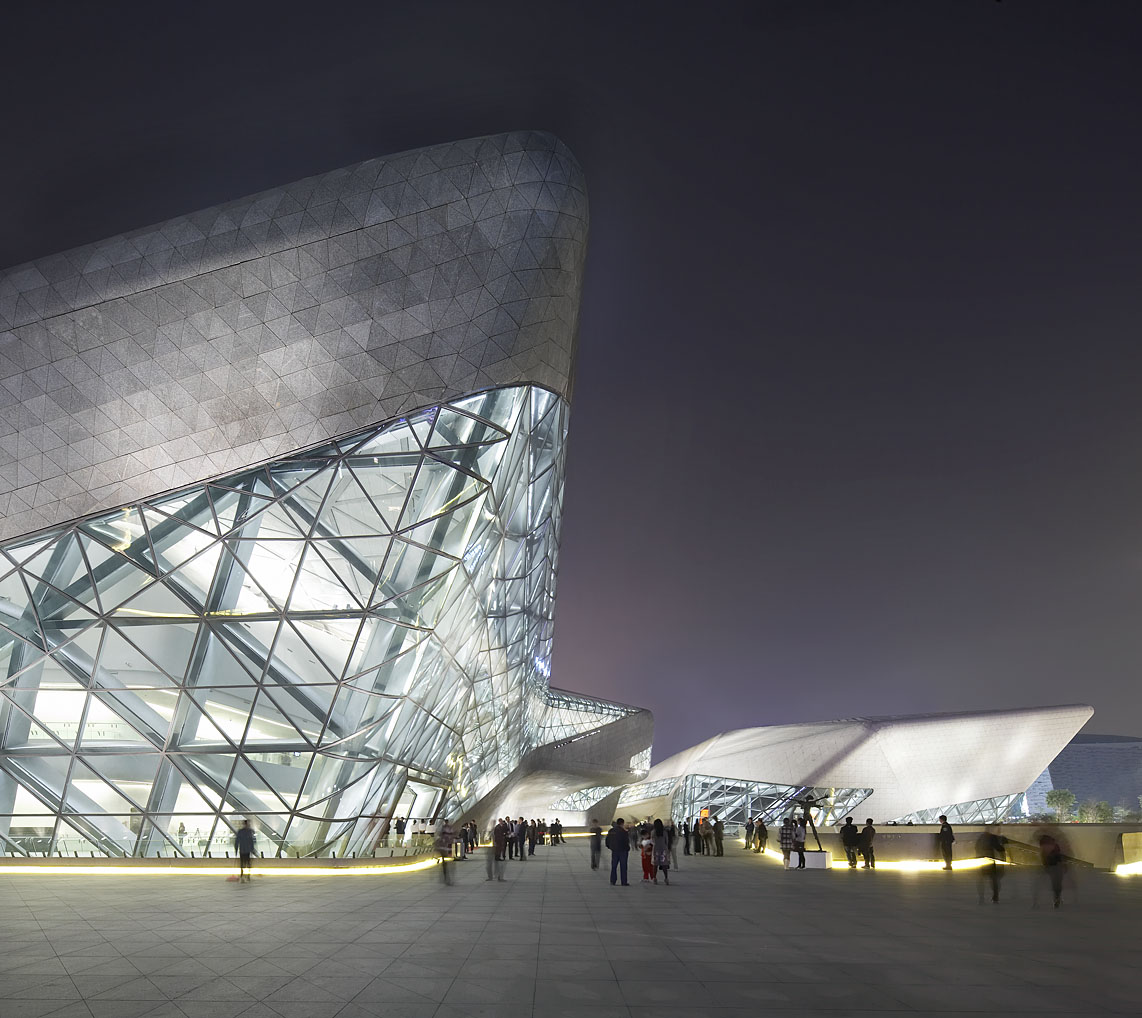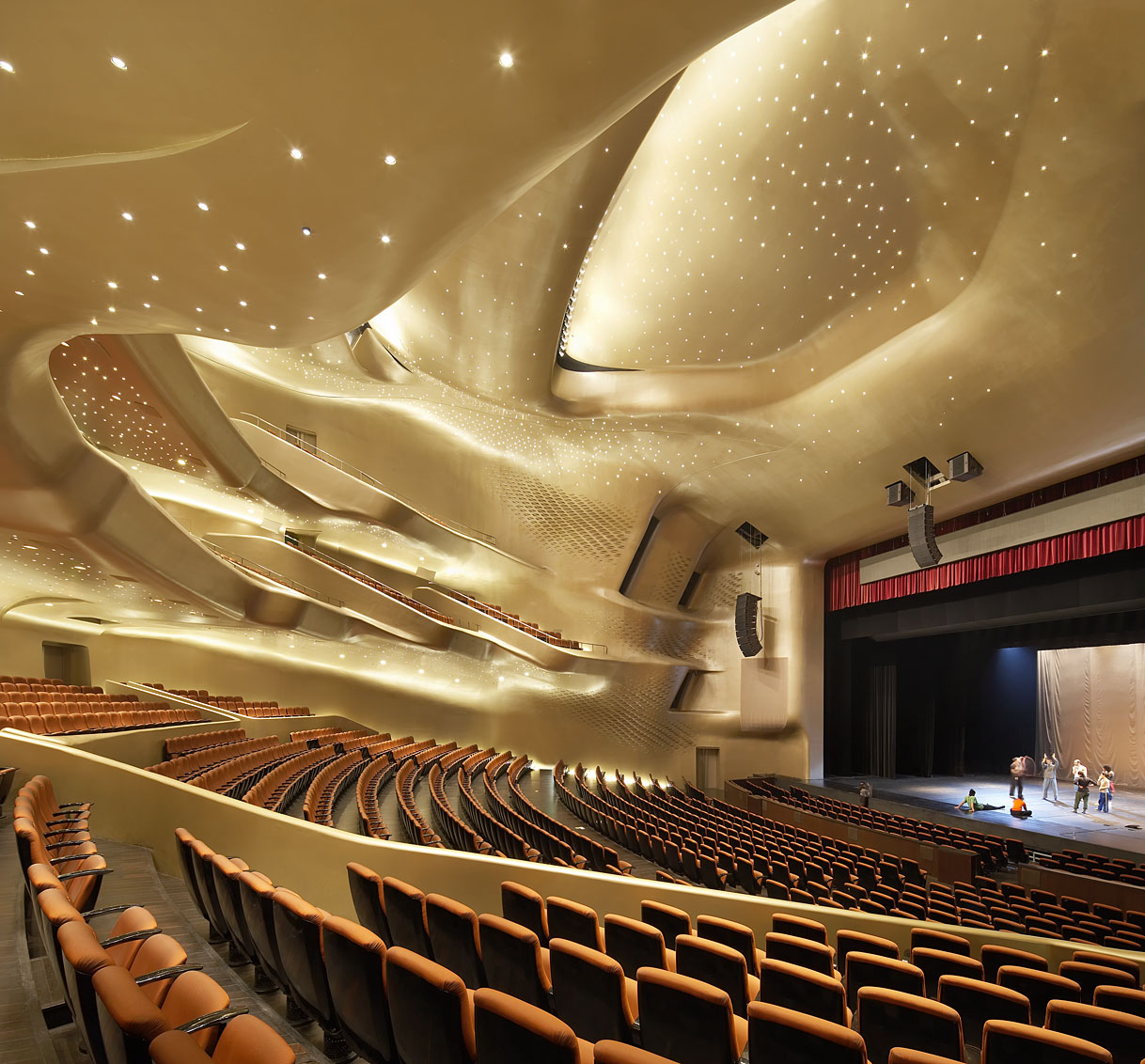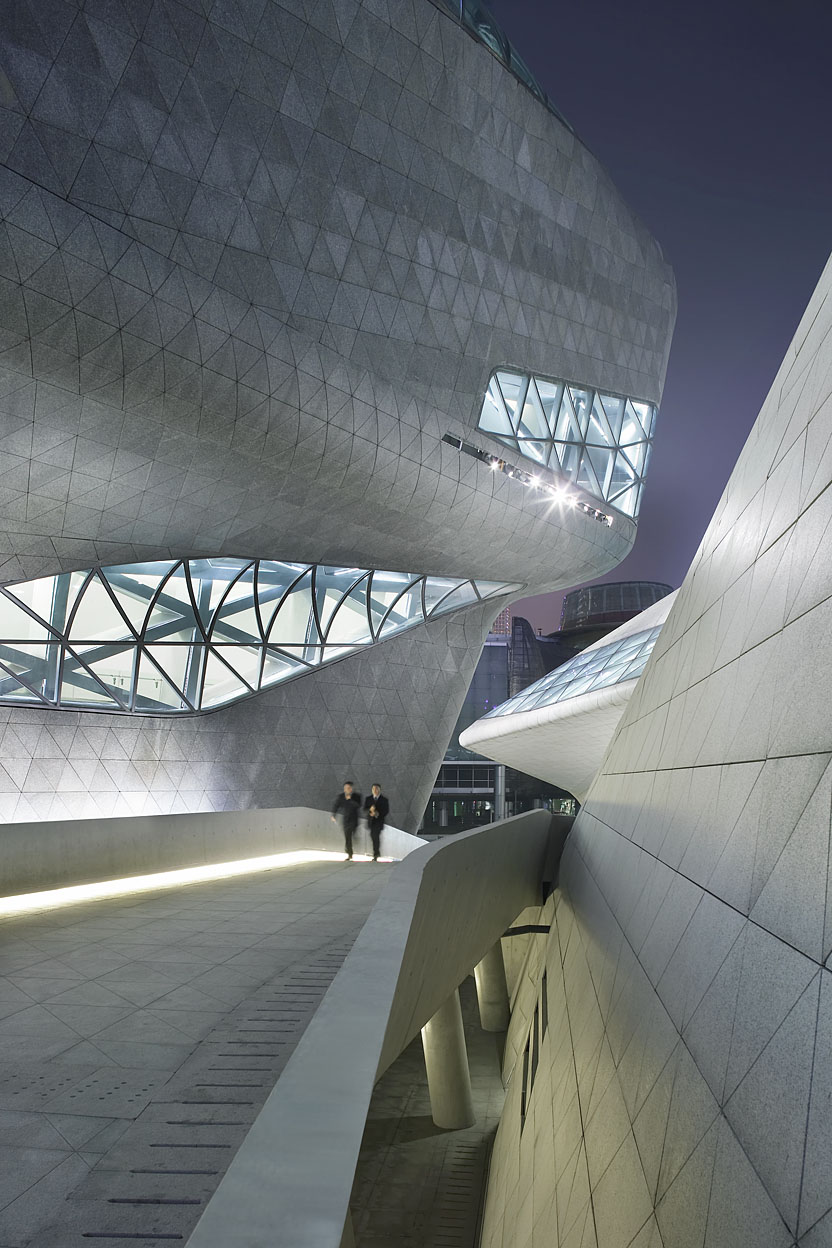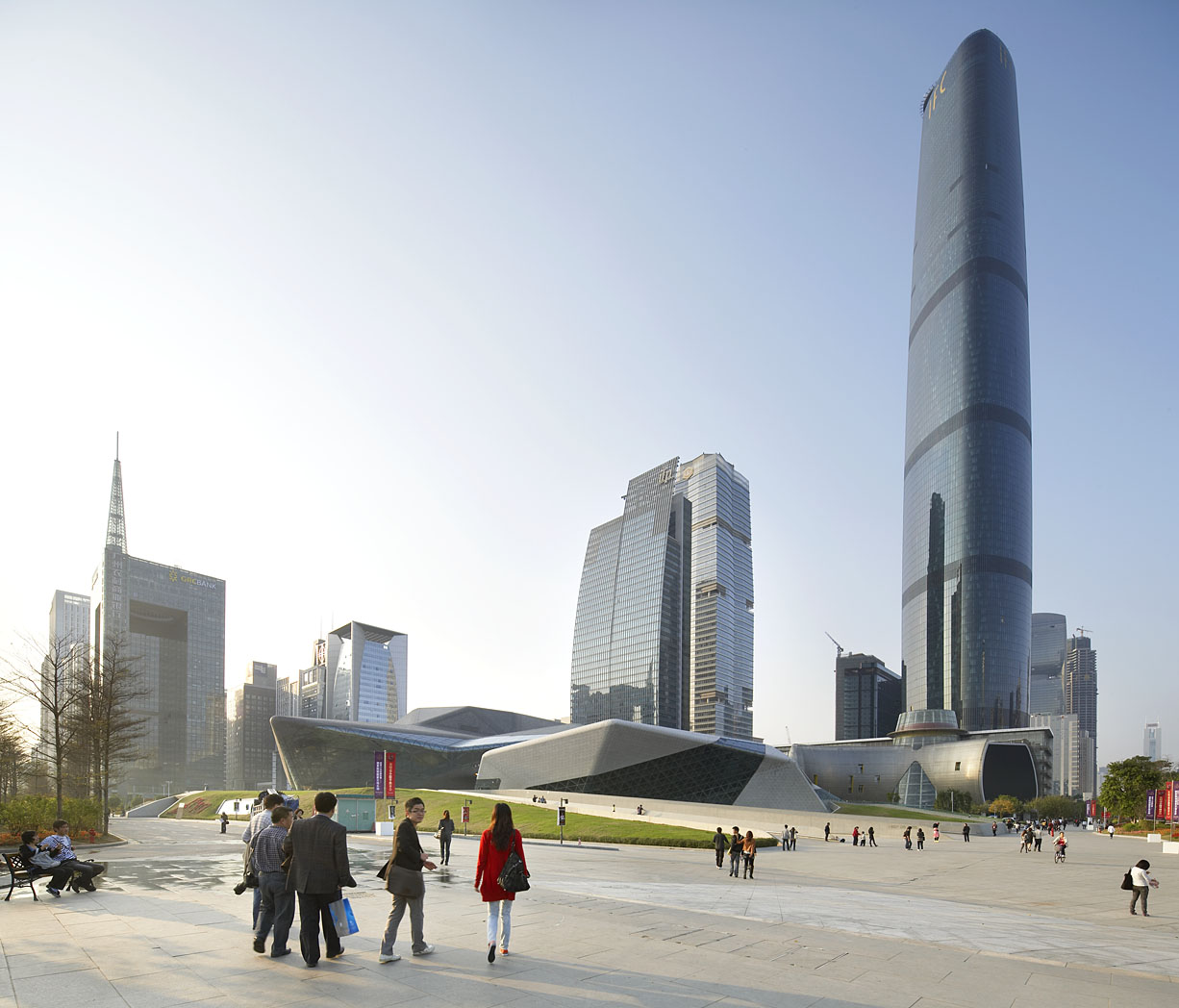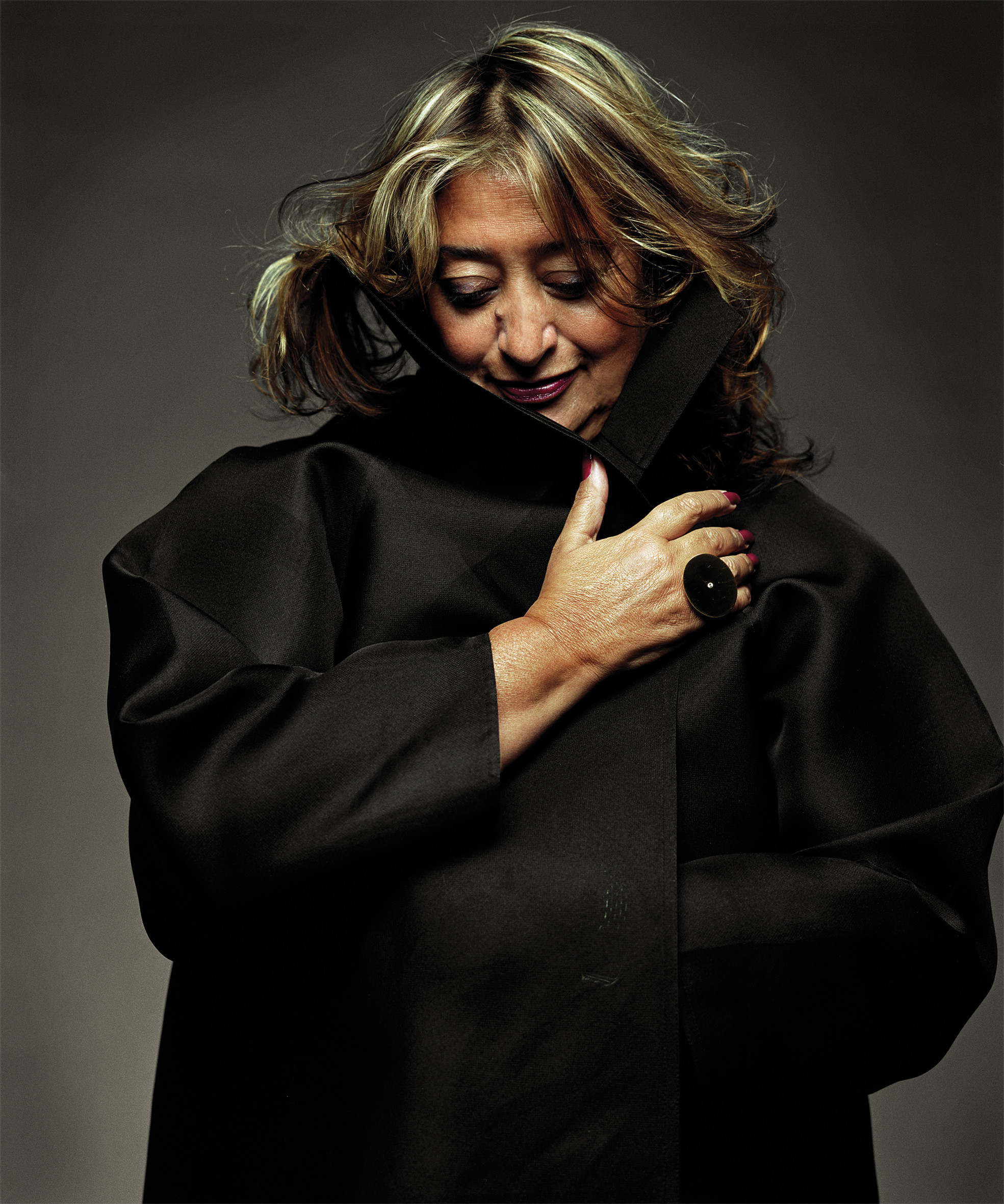Last week, the world lost an incredible, inspirational architect in Zaha Hadid.
As a Muslim woman, her path to success in the industry was beset by prejudice and rejection. Still, she persevered, and over more than three decades, established herself as one of the most exciting, radical architects of her time.
In order to celebrate Hadid’s prestigious life, let’s look back at one of her most recognisable works: the Guangzhou Opera House.
If Hadid’s gender and Iraqi heritage didn’t position her as an outsider, her designs sure did. Inspiring comparison with the chaos of modern living, Hadid’s iconic structures were unique in their bizarre geometry. The shapes may not seem to make sense, but the results were brimming with personality and beauty.
None were better suited to design the Guangzhou Opera House, the biggest performing arts centre in Southern China. As theatrical and refined as the performances held within, Hadid’s ‘double pebble’ concept – inspired by the Zhujiang river that flows beside it – was celebrated by China Daily as one of the “designs that makes the impossible possible”.
Built with granite, and supported by a glass-clad steel frame, the five-year building process commenced months after Hadid won the prestigious Pritzker Architecture Prize, marking the first time the award recognised the work of both a Muslim and a woman in the field.
The revolutionary design was coupled with a revolutionary performance, when the day following the grand opening American filmmaker Shahar Stroh directed a rendition of Puccini’s Turnadot, an opera that had been banned for almost 60 years due to its portrayal of China.
“Architecture is not just about attracting attention or being entertaining; it is about sustainability and a better life.”
R.I.P. Zaha Hadid
1950-2016
https://vimeo.com/20497126

